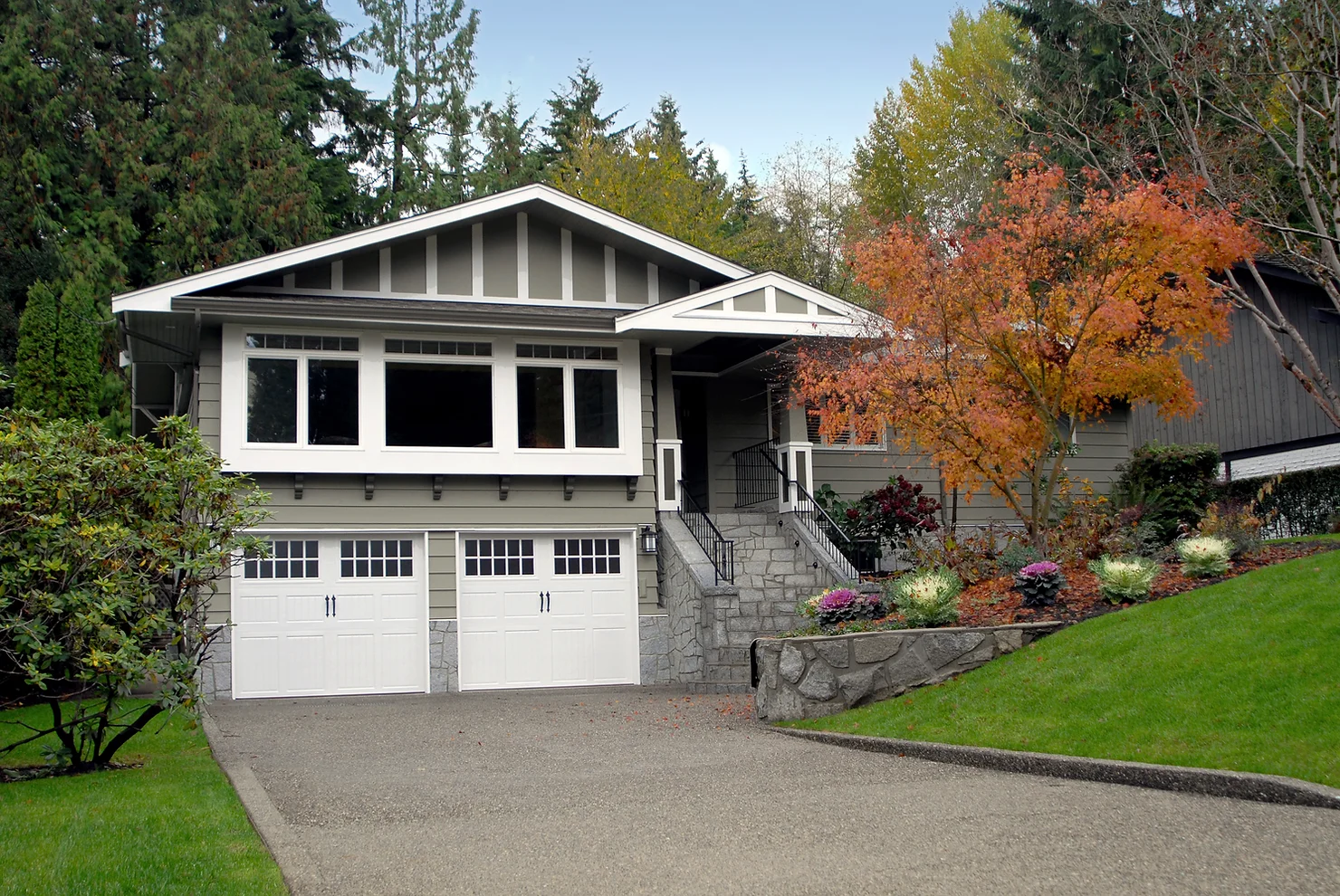
The Sunshine State, Florida, Behind in Solar Power
Discover the current state of solar power in Florida. Learn about the top solar power companies and the facts surrounding …

Is your houses vinyl siding peeling and leaving your home looking worn and tired? Don't worry, you're not alone. Many homeowners experience this issue and wonder what causes it. In this article, we will explore the reasons behind vinyl siding peeling and provide some helpful solutions.
Vinyl siding is a popular choice amongst homeowners due to its durability and low maintenance. However, like any exterior material, it is not immune to wear and tear. Understanding the root cause of your vinyl siding peeling is essential in determining the appropriate solution.
There are several common factors that can cause vinyl siding to peel. One of the main culprits is extreme temperature fluctuations. Vinyl siding expands and contracts with temperature changes, and if it is not properly installed or has been exposed to significant temperature variations, it can lead to peeling.
Another cause of vinyl siding peeling is moisture infiltration. If water seeps behind the siding, it can cause the material to warp, bubble, and ultimately peel. This can happen due to improper installation, poor caulking, or damage to the siding panels.
Improper installation itself can be a major cause of vinyl siding peeling. If the siding panels are not properly secured or if the installation was not done according to the manufacturer's recommendations, it can result in premature peeling and damage.
Lastly, the natural aging process can also contribute to vinyl siding peeling. Over time, the material may become brittle and lose its adhesive properties, leading to peeling.
Identifying vinyl siding peeling is relatively easy. Look out for the following signs:
If you notice any of these signs, it's important to take action to prevent further damage and restore the appearance of your home.
Peeling vinyl siding not only affects the aesthetics of your home but can also impact its value. Curb appeal plays a crucial role in attracting potential buyers if you decide to sell your home. Peeling siding gives the impression of neglect and can lower the perceived value of your property.
Additionally, if the underlying cause of the peeling is not addressed, it can lead to more significant issues such as water damage, mold growth, and structural damage. Therefore, it's essential to address vinyl siding peeling promptly to ensure the longevity and integrity of your home.
While some causes of vinyl siding peeling may be beyond your control, there are preventive measures you can take to minimize the risk:
By implementing these preventive measures, you can significantly reduce the chances of vinyl siding peeling and prolong the lifespan of your exterior.
If your house's vinyl siding is already peeling, there are several repair options available depending on the extent of the damage. For minor peeling or cracking, you can try the following steps:
For more extensive peeling or damage, it's advisable to seek professional help. They can assess the condition of your siding and recommend the most effective repair method.

When it comes to more significant vinyl siding peeling or damage, hiring a professional is often the best course of action. They have the expertise and tools necessary to properly assess the situation and provide appropriate solutions.
A professional can inspect your siding, identify the root cause of the peeling, and recommend the most suitable repair or replacement options. They will ensure that the work is done correctly, minimizing the risk of further damage and maximizing the lifespan of your vinyl siding.
To keep your vinyl siding in top condition and prevent peeling, regular maintenance is crucial. Here are some maintenance tips to follow:
By following these maintenance tips, you can keep your vinyl siding looking great and minimize the risk of peeling.
In some cases, vinyl siding peeling may be so extensive or severe that repairing it is not a viable option. If you notice widespread peeling, significant structural damage, or if your siding is past its expected lifespan, it may be time to consider replacing it.
Replacing your vinyl siding gives you an opportunity to choose a new color or style that can enhance the appearance of your home. Moreover, new siding will provide better protection against the elements and improve the energy efficiency of your home.
Consult with a professional siding contractor to assess the condition of your existing siding and determine if replacement is the best solution.
Vinyl siding peeling can be unsightly and diminish the overall appeal of your home. By understanding the causes of peeling and taking preventive measures, you can minimize the risk of this issue. Regular maintenance and prompt repairs are essential to ensure the longevity and beauty of your vinyl siding. If the damage is extensive, don't hesitate to seek professional help or consider replacing your siding. With the right approach, you can restore your home's exterior and enjoy a well-protected and visually appealing property for years to come.